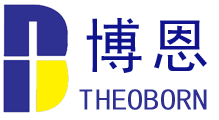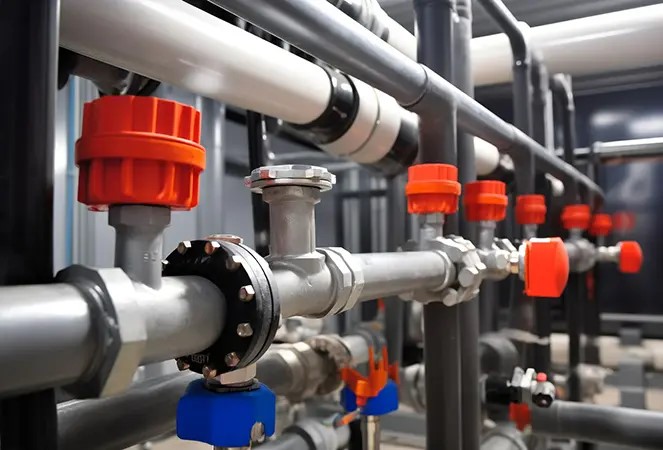This Yearly Report on New Products Introduced in the Preceding Year, Since March 2020, Covers Sample
I recall last year’s PittCon in Chicago. There was talk going around about a novel virus beginning its spread across the United States and the world. I don’t recall anyone wearing masks, yet. Handshakes were prevalent, though often reluctantly, and some offered fist bumps instead. Hand sanitizer was everywhere. In the next week or two, our world changed.
Presumably due to the pandemic, the number of new sample preparation technologies introduced in the past year appeared to be down compared with previous years. Our annual review of sample preparation products covers the previous year. In late 2020, the LCGC staff submitted a survey to vendors of sample preparation products. Responses to this survey are compiled in this review and were fewer than in the past, as are new product introductions during the past twelve months noted via direct mailings, e-mail, and other marketing means. Additionally, a keyword search (using the terms “sample preparation equip,” “extraction equipment,” “blend/grind/mix/ shake/stir,” “evaporators/evaporation,” “filtration and purification,” and “pipets/ pipetters”) of the online PittCon 2021 vendor list was run, but attending a virtual conference is not the same as physical attendance. Most product introductions were aimed at improved performance of existing technologies or aimed at specific applications. Sorbents and accessories for solid-phase extraction led the way, as in previous years.
This review is presented in three sections. First, solid-phase extraction (SPE) sorbents and products are discussed. Next, instrument-based sample preparation technologies are presented. Finally, attention is turned to other sample preparation accessories and supporting technologies. To assist the reader with some of the details behind these new products, each section presents a tabular summary of the associated products. In all cases, the new products we uncovered are presented in the annotated table, while the text highlights particularly worthwhile products.
Solid-Phase Extraction
Agilent Technologies focused on specialized sorbents which they used in a variety of application areas. Their Cannabis and Hemp Potency Kits performs the stated application using a 4-mm, 0.45-μm pore regenerated cellulose syringe filter, sample preparation consumables, and liquid chromatography column for potency analysis in cannabis flowers and hemp products. The Agilent BondElut Lipid uses a size exclusion and hydrophobic interaction sorbent in 1-mL cartridges or 96-well plates for lipid analysis, lipid profiling, or lipidomics. The lipid analysis products are based on their existing BondElut EMR-Lipid media.
Continuing the theme of novel configurations of SPE, Biotage brought their Mikro Solid Phase Extraction Microelution Plates, featuring hydrophobic and mixed-mode sorbents to market. These 96-well microelution plates feature five different media: wettable hydrophobic; wettable hydrophobic plus strong cation exchange; wettable hydrophobic plus strong anion exchange; wettable hydrophobic plus weak cation exchange; and wettable hydrophobic plus weak anion exchange. The combination of the high capacity of the microelution plates and the low elution volume required may lead to an increased concentration of analyte in the elution solvent.
CDS Analytical continued development of their acquisition of the Empore product line. They also feature a 96-well plate with combined reversed-phase and cation exchange modes (Empore 6041 SDB-RPS Standard 96-well plate). The same styrene divinylbenzene–sulfonate sorbents are also found in 6-mL two-layer cartridge format. A final new product is the EZ-Trace, a manual, vacuum-controlled extraction workstation. The independent channel design allows precise flow control to prevent cross-contamination, and the workstation is applicable with a number of U.S. Environmental Protection Agency (EPA) methods.
For several years, DPX Technologies has been at the forefront of the pipette tip approach to SPE. This year, they advanced the field even further with the introduction of Tip-on-Tip (ToT) technology. ToT utilizes a top conductive tip with a bottom filtration tip, and can be employed in filtration, cleanup, and SPE modes. In the filtration mode, called INTip filtration, the sample is aspirated in the upper tip, which is then fitted to the filtration tip, and the sample is dispensed. This mode allows for high-throughput protein precipitation, particulate filtration, or β-glucuronidase removal. Figure 1a demonstrates an example of the protein precipitation mode using acetonitrile to crash blood proteins. The cleanup mode is compatible with a number of different sorbent chemistries, including a newly released size-exclusion chromatography product. As with the blood protein precipitation example, one strength of the ToT is its advantages with viscous systems. With applications requiring specific sorbent-sample interactions, the SPE filtration tip is used. One advantage claimed for this approach is cost effectiveness relative to alternative methods using magnetic beads. A summary of the SPE mode is shown in Figure 1b.




